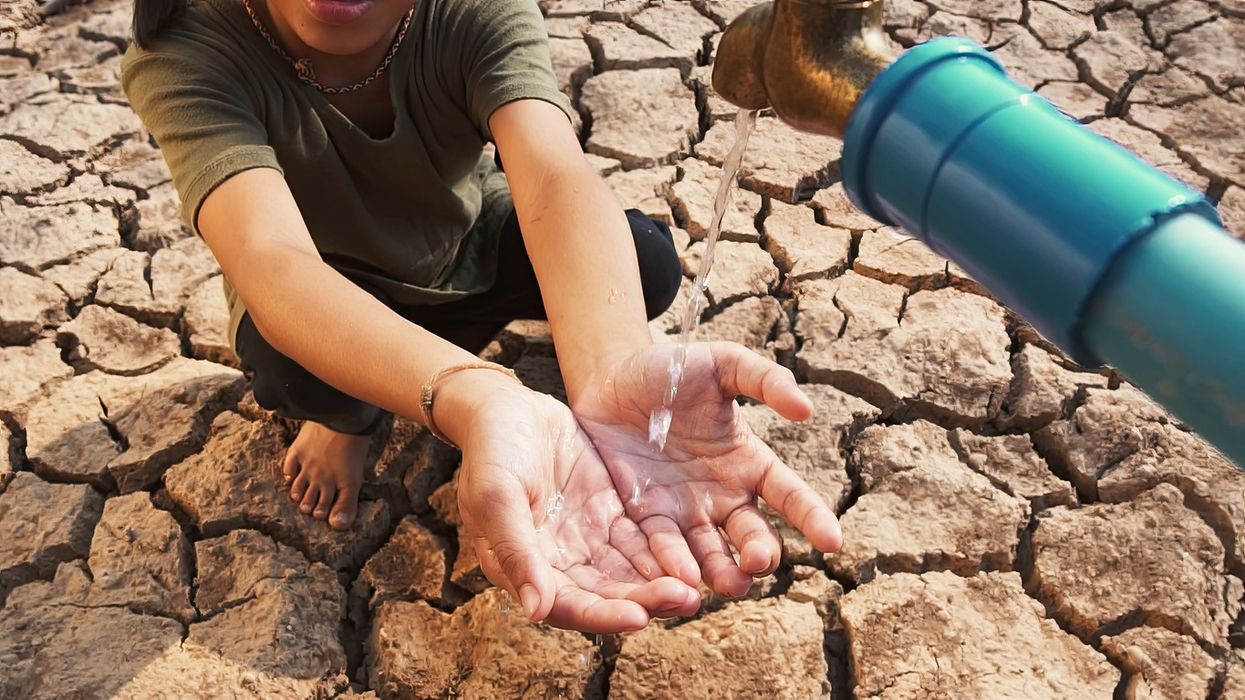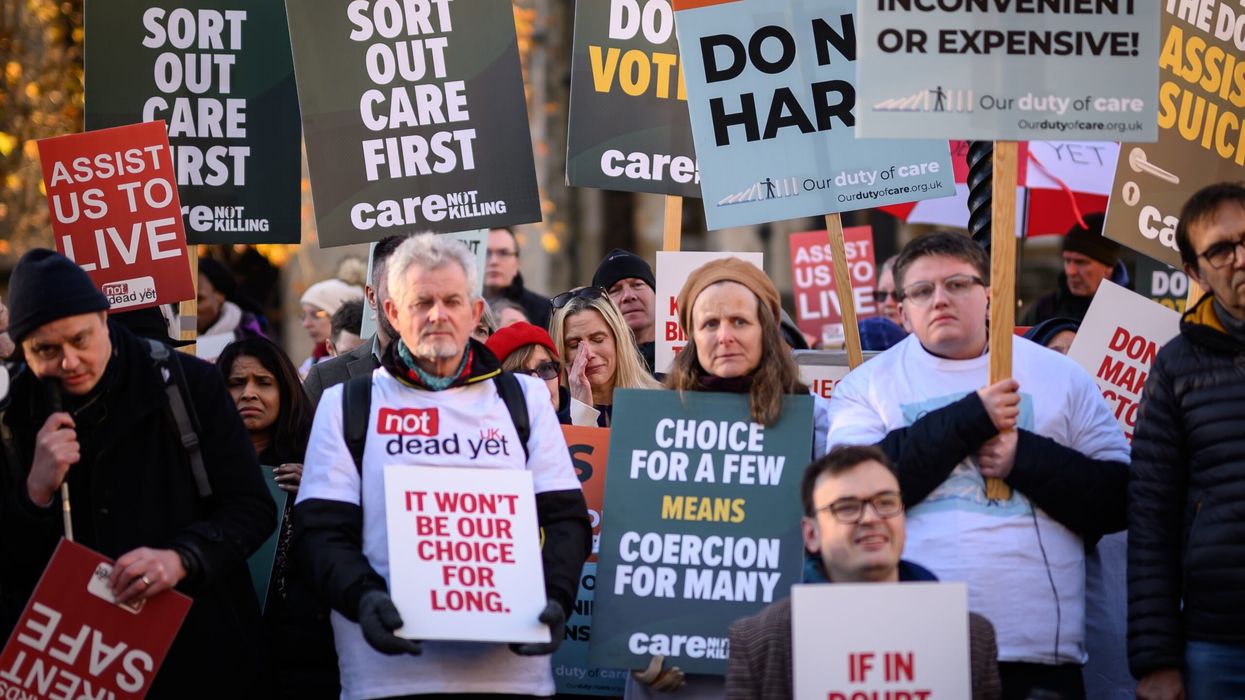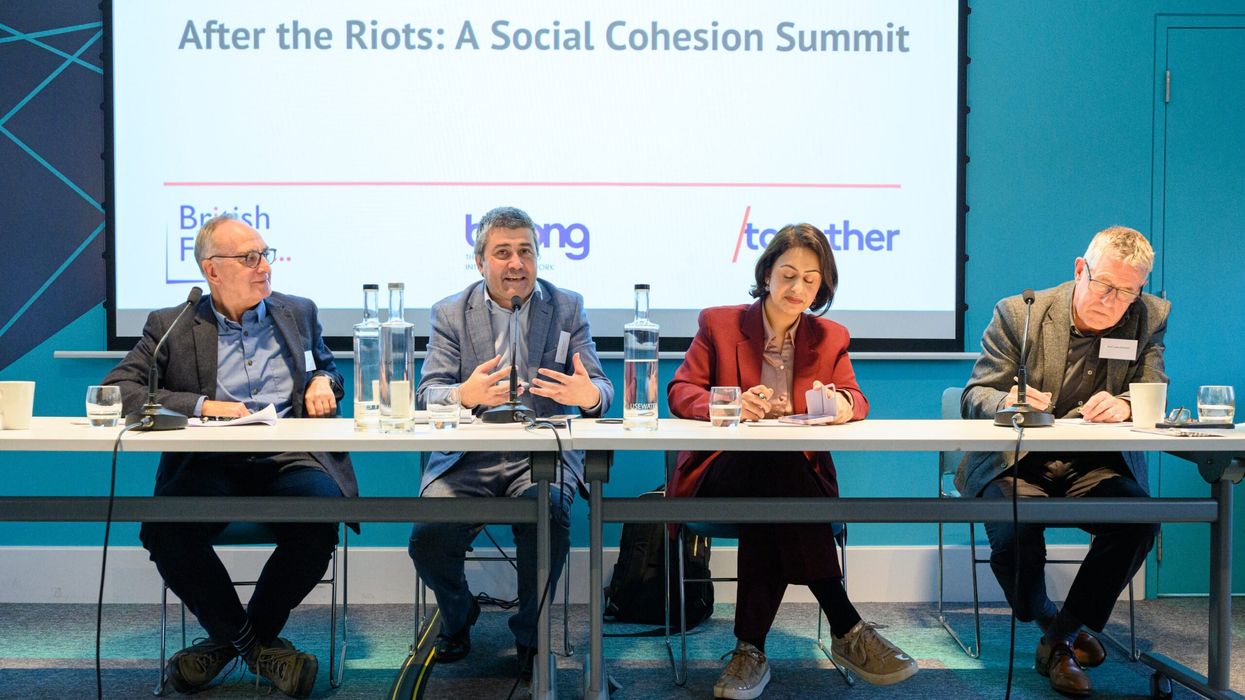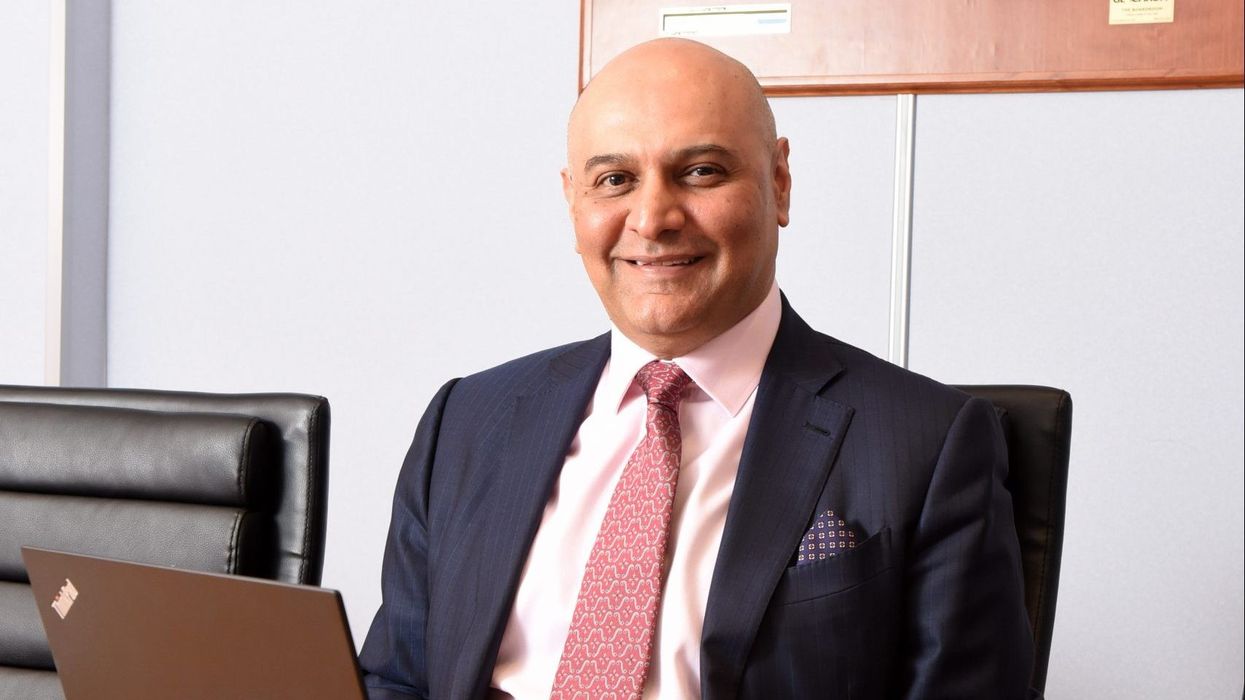By Professor Kailash Chand
Former Deputy ChairBritish Medical Association
BRITAIN is the first country to authorise emergency use of a vaccine for Sars-CoV-2, the virus that causes Covid-19. This vaccine is the first of its type.
Traditional vaccines are made up of small or inactivated doses of the whole disease-causing organism, or the proteins that it produces, which are introduced into the body to provoke the immune system into mounting a response. The new vaccine called mRNA vaccines, in contrast, tricks the body into producing some of the viral proteins itself. And by getting the body to produce the viral proteins itself, mRNA vaccines cut out some of the manufacturing process and should be easier and quicker to produce than traditional vaccines.
To generate a good immune response, two doses of the vaccine will be given 21 days apart, with recipients protected from about a week after their second dose.
The UK has already purchased 40 million doses of the vaccine, with 800,000 due to be rolled out to some of the most vulnerable people in society through a network of 1,000 primary care hubs and more than 50 hospitals.
The Pfizer vaccine is the first of several Covid-19 vaccines to be approved for use, but it also presents the greatest logistical challenges in terms of storage, transportation and dilution. It is 95 per cent effective and worked in all the groups who were given the vaccine, irrespective of age, sex, race or the country they lived in.
Knowing the complexities, it is unlikely that a wide-scale vaccination campaign will begin in full force until the new year. Inevitably, some may have to wait a little longer for a vaccine that is easier to transport in small quantities to be available.
The practice of immunisation dates back hundreds of years. Buddhist monks drank snake venom to confer immunity to snake bite. Variolation – smearing of a skin tear with cowpox to confer immunity to smallpox – was practised in 17th century China. Edward Jenner is considered the founder of vaccinology in the West in 1796, when he demonstrated immunity to smallpox.
The NHS now routinely, effectively and safely vaccinates the population against diphtheria, tetanus, pertussis, measles, mumps, rubella, polio (IPV), hib, hepatitis B, varicella, hepatitis A, pneumococcal, influenza and rotavirus.
We know from trials that more than 80,000 people worldwide have already been vaccinated. The safety of the vaccine is ‘similar to other vaccines’ and ‘most of the side effects are very mild and usually last for a day or so’, officials have said.
The government’s Joint Committee on Vaccination and Immunisation (JCVI) has prioritised nine groups of at-risk people to have the vaccine in the first phase, with care home residents and workers at the top and frontline health workers and the over-80s. However, it excludes the BAME community in that priority.
Even though Covid has laid bare the gross inequalities in society through a disproportionate impact on BAME communities, there appears to be little progress made to ensure that we learned our lessons in time. It seems hypocritical that politicians applaud the contribution of BAME healthcare staff, key workers and these communities in general, but no steps have been taken to ensure that they are protected from the threat of Covid.
It is despicable that BAME communities have been not considered as a priority group for the imminent Covid vaccination, even though that would seem to be the logical approach, which is to protect those at higher risk.
The single paragraph in the guidance around BAME healthcare workers is also very vague and frankly, carries no weight. This is utterly disappointing when we have seen hundreds of them losing their lives. It would seem the powers are happy for these communities to be deployed and to continue to work in high-risk environments, but then treat them as second-class citizens when it comes to safety and protecting their lives. The BAME are good enough to work on the at-risk frontline services, good enough to die disproportionately, but not good enough to be prioritised for vaccination.
I sincerely hope that the JCVI urgently prioritises BAME communities along with our elderly at highest risk, so that precious lives are saved.
The roll-out of the vaccine is the beginning, not the end, to defeat this virus. It will take six to 12 months before enough people have been vaccinated to make a return to life as we knew it possible. To avoid any further increase in infections, and to save lives, it’s vital that the public remain vigilant and continue to adhere to existing rules on hygiene, travel and social mixing.
A word of caution. For political gains, don’t create unrealistic expectations of timescale while the NHS prepares to administer the millions of vaccinations so critical to the health of the nation, and to getting the economy back on track. Mistakes and consequent delays would be inexcusable when the stakes are this high.













'Why aren’t ethnic minorities on priority list?’